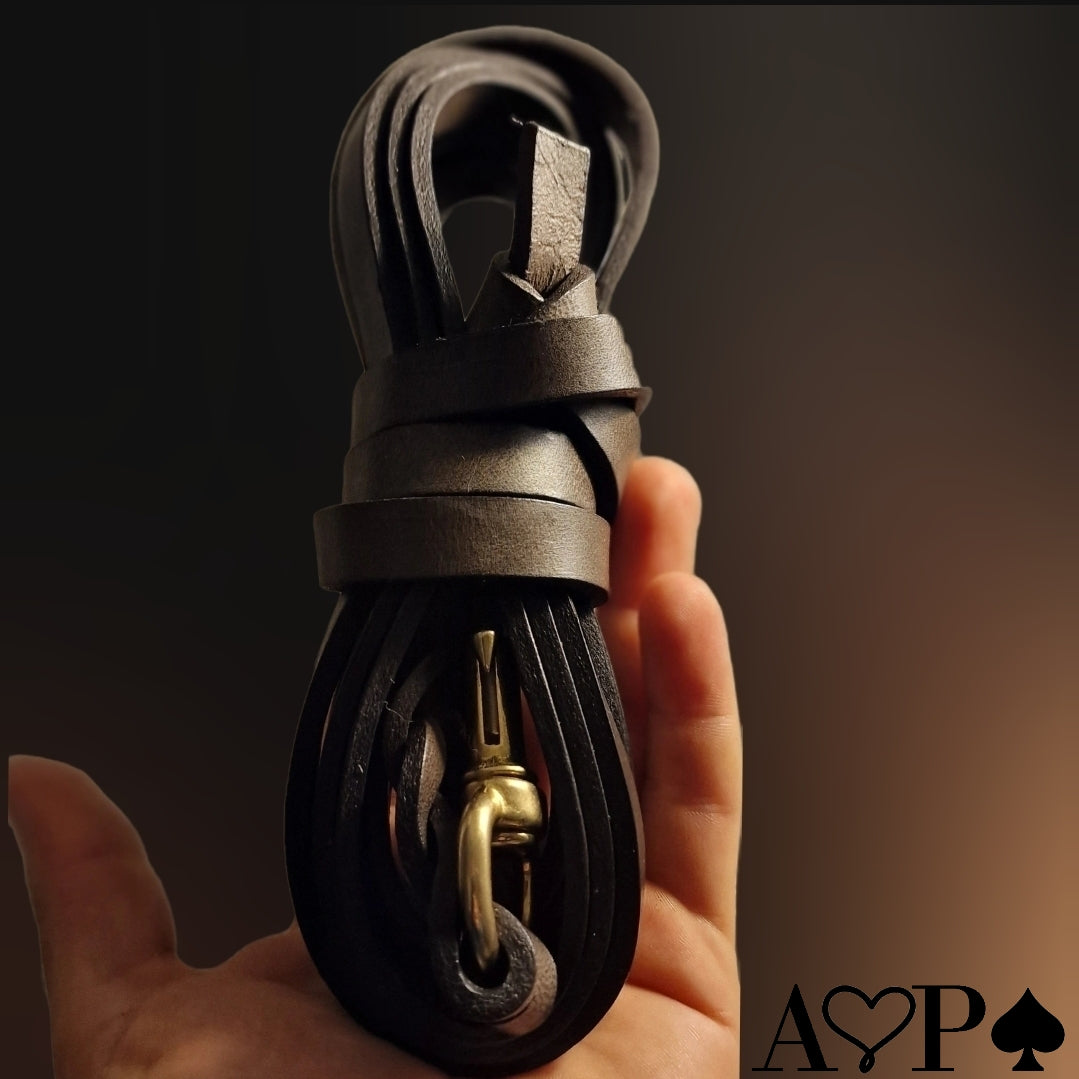
HOW LEATHER IS TREATED
How to take care of leather
Leather, like our skin, needs frequent treatments over time. We usually recommend one treatment approximately per month.
Periodically (with a minimum value of 2 times a year) it is necessary to apply suitable grease to the leather. Those found in saddleries that also contain waxes and nutrients are ideal. The fatter you get, the softer and more beautiful it becomes. Often these greases, like the one I use, once dry leave a white wax ring which can be removed with a cloth by rubbing or manipulating it well and for a long time when you grease it... in any case it comes away with usage.
To revive the ancient splendor of leather, it is better not to neglect it, but, on the contrary, to periodically polish it using the lanolin or the Vaseline and a clean cloth.
Olive oil also proves to be an excellent panacea for leather, to nourish and revive it. For this purpose, simply prepare a mixture of olive oil and water to wipe over the surface to be treated with the help of a cloth.
Castor oil , in combination with denatured alcohol, can also be useful for reviving and moisturizing leather, thanks to application with a soft cotton cloth.
Cleaning leather is an operation that must be repeated consistently. First of all, the dust must be removed regularly, as it accumulates and risks "suffocating" the leather. For this purpose, it is better to use a soft bristle brush or an electrostatic cloth.
Hydration is key. The skin of the face and body must be hydrated. And leather also deserves the same attention. The advice is to use transparencies specific, preferably neutral to avoid causing stains or problems.
How to clean leather
Leashes, belts and leather accessories of various kinds can shine again thanks to some simple precautions.
If it gets wet, with sea water or dirty water, wash it well again and let it dry.
Once dry you will see it as stiff... grease generously and when finished, polish.
Even cleansing milk used daily to cleanse the face can be useful: with the help of a microfibre cloth it should be rubbed gently until absorbed. Once dry, proceed with polishing.
Let any water infiltrations dry. Avoid using a hairdryer, it may only cause curling and problems for the skin
storage
- Store in its original bag in a cool but not humid place.
- Store the product in a box, along with silicon gel packets so that the bag retains any moisture.
- Air once every two weeks to prevent mold from forming.
Natural Tips
- · Banana Peel : The inside of a banana peel is great for polishing leather items. After removing the stringy material from the peel, rub the inside of the banana on the skin blemishes. Use a soft cloth or paper towel to polish.
- · Hydrogen Peroxide (Hydrogen Peroxide) : Treat blood stains on leather with a small amount of hydrogen peroxide. Use a paper towel to blot the stain until it disappears.
- · Alcohol : When your leather objects have been "attacked" by mold, apply a solution of alcohol diluted with water, dry carefully with a cloth and then wash with soap and water.
- · Vaseline: To remove an ink stain from leather items, it is recommended to apply a generous amount of Vaseline. Leave it on the head for a few days, then clean with a slightly damp cloth.
- · Extra virgin olive oil/Vinegar/Alcohol: A mixture of extra virgin olive oil, white vinegar, a small amount of mixed alcohol and a drop of liquid soap, will help you remove blemishes on your skin. Apply the solution to the stain with a soft sponge, rub lightly and leave to act for a few seconds, clean with another sponge soaked in water and dry carefully.
